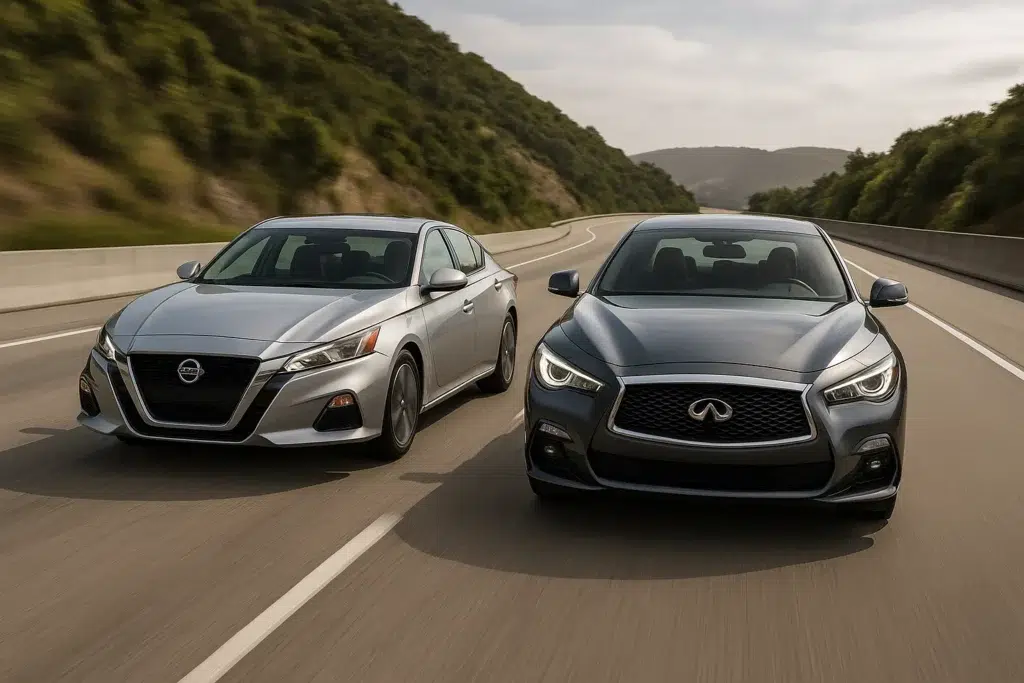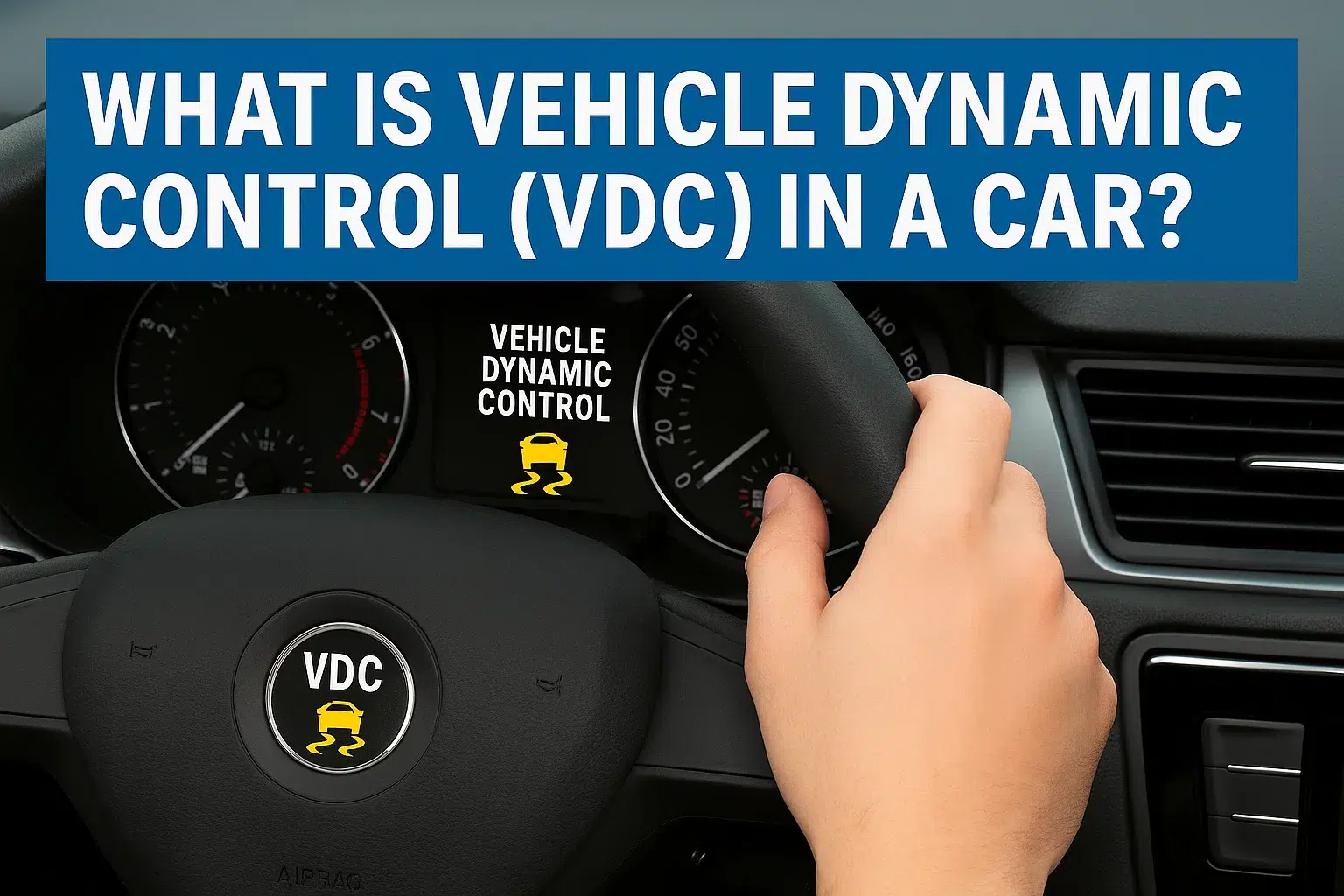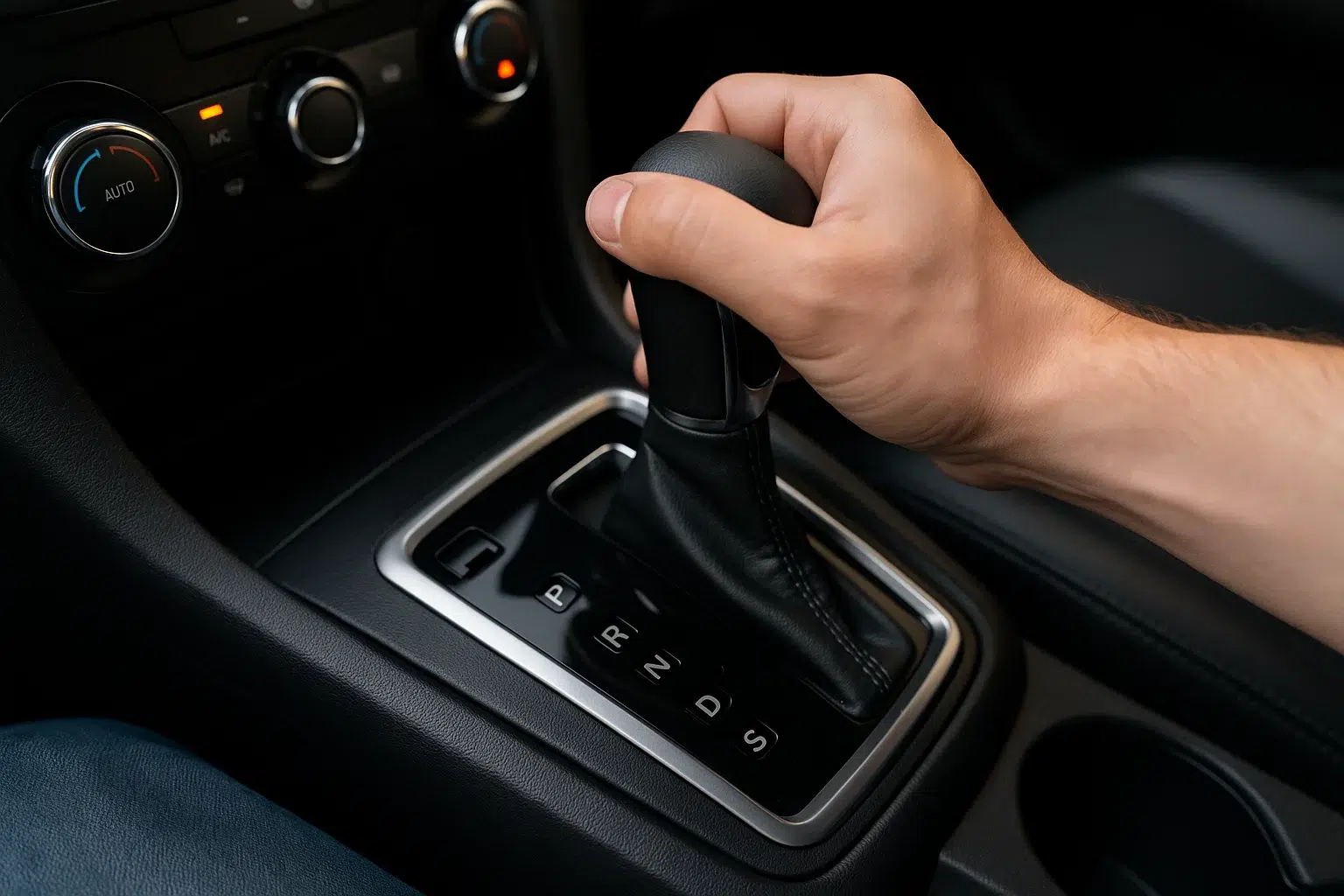Today’s cars are loaded up with smart technology, all intended to keep drivers as safe and confident as possible on the road.
One of the most important of these safety systems is Vehicle Dynamic Control (VDC), a form of electronic stability control that constantly monitors the car’s movement and intervenes before a skid or spin occurs.
Whether you’ve seen the vehicle dynamic control light on your dashboard or you’re curious about what VDC means in a car, this guide explains everything you need to know.
What is Vehicle Dynamic Control?
Many drivers wonder what is a vehicle dynamic control and how it differs from ordinary traction control.
In simple terms, Vehicle Dynamic Control is an advanced anti-skid system.
While traction control only prevents the wheels from spinning during acceleration, VDC monitors the vehicle’s actual direction of travel and compares it with steering input.
If the car begins to understeer (pushing wide) or oversteer (rear end sliding), the system can:
- Reduce engine torque
- Apply braking force to individual wheels
- Aid in restoring the vehicle to it’s designed trajectory.
In other words, the vehicle dynamic control meaning is all about maintaining stability, not just traction.
What Does VDC Stand For?
If you’ve asked, “what does VDC stand for?”, the answer is straightforward:
VDC stands for Vehicle Dynamic Control.
Manufacturers use slightly different names—Electronic Stability Program (ESP), Dynamic Stability Control (DSC), or ESC—but the underlying principle is the same.
How VDC Works Inside a Car
The typical VDC automotive system relies on a network of sensors and a powerful central computer:
- Wheel-speed sensors monitor how fast each tire is rotating.
- Steering-angle sensors measure how much the driver has turned the wheel.
- Yaw-rate and lateral-acceleration sensors measure how the vehicle is actually moving.
- A brake modulator and ECU (engineering control unit) react in milliseconds.
When these sensors snare a gap between where the car is supposed to go and where it’s actually going, the ECU either reduces engine power or arrests select wheels with a tightening of brakes.
This constant surveillance, hundreds of times a second, helps keep the car stable even when you stab at the wheel unexpectedly.
VDC Light Meaning on the Dashboard
Many drivers first encounter VDC through a dashboard icon.
The VDC light meaning is simple:
- Flashing light: the system is actively correcting a loss of traction.
- Solid light: there may be a fault in the system that requires professional inspection.
A flashing light during heavy rain or icy conditions is normal—it means the system is doing its job.If the vehicle dynamic control warning light stays on continuously, schedule a diagnostic check.
Nissan and Infiniti: Leaders in VDC Technology

If you own a Nissan, you may have asked what is VDC Nissan or looked up the Nissan VDC meaning in your owner’s manual.
Nissan was among the first automakers to install VDC across its lineup, from compact sedans to SUVs. You can read Nissan’s official VDC technology overview to see how the system helps drivers maintain control in difficult situations.
The system is calibrated for a variety of driving conditions, including wet city streets and light off-road trails.
Luxury brand Infiniti integrates the same core technology.
The vehicle dynamic control Infiniti setup works with performance-oriented suspensions to keep sporty models stable at high speeds while preserving ride comfort.
Key Benefits of Vehicle Dynamic Control
A car equipped with VDC—or a VDC automobile, as some manuals describe it—offers a long list of advantages:
- Accident Prevention: Since VDC intervenes before a slide or skid occurs, it can prevent spinouts and accidents.
- Improved Handling: Drivers experience more precise cornering, even in emergency maneuvers.
- Better Control: You get improved cornering tie-down even at high speed.
- Peace of Mind: Because the system works automatically, drivers can focus on the road rather than micro-managing traction.
These advantages make vdc car technology one of the most important safety inventions available in automobiles today.
VDC vs. Traction Control
VDC is often mistaken for traction control, but they are different systems designed to do different things:
- Traction Control: Prevents the wheels from spinning while accelerating by decreasing power or braking.
- Vehicle Dynamic Control: Works to restore your stability by correcting oversteer and understeer.
Think of traction control as one tool in the toolbox; VDC is the full stability kit.
Common Situations Where VDC Helps
- Wet Roads: Keep you from hydroplaning and spin-out; Wet braking function.
- Icy Surfaces: Keeps tires going where you point them when the streets no longer have traction.
- Sharp Curves: Brakes the inside wheels to prevent oversteer.
- Sudden Swerving: Maintains the vehicle on course with the driver’s intended direction.
VDC can even make emergency lane changes safer in dry conditions.
Components of a VDC System

A modern vdc automotive or vdc auto system typically includes:
- Wheel speed sensors
- Steering angle sensor
- Yaw-rate sensor
- Brake pressure modulator
- Central ECU
These components communicate in real time, allowing the car to react far faster than a human driver.
Integration with Other Safety Features
Vehicle Dynamic Control rarely works alone.
It often partners with technologies like adaptive cruise control and automatic emergency braking to create a comprehensive safety net.
So, to give an example, when adaptive cruise is reducing the car on a downhill bend, VDC ensures that the vehicle remains stable during this process.
VDC in Future Vehicles
With electric vehicles and their instantly available torque, stability systems like VDC become even more essential.
Electric vehicle producers program VDC to accommodate the special traction characteristics of an electric motor and achieve smooth and safe acceleration.
Even fundamental design choices, like how many axles are on a car, affect how the VDC software gets tuned.
Myths About Vehicle Dynamic Control
- Myth: VDC is only useful in bad weather.
Reality: It also aids during sudden turns or evasive action on dry pavement.
- Myth: Turning VDC off makes you a better driver.
Reality: The system should normally not be shut off unless you need to for a special condition such as heavy, deep snow or getting stuck in the mud.
- Myth: VDC replaces safe driving.
Reality: It’s a system that helps, but it’s not going to replace your ability to pay attention while driving.
FAQs About VDC
What does VDC mean on a car?
It stands for Vehicle Dynamic Control, a stability system that corrects skids by adjusting engine power and brake pressure.
What is VDC in a car?
It is a sophisticated electronic stability control system that helps the car keep on its desired path when cornering hard or driving in slippery conditions.
Is VDC the same as traction control?
No. Traction control manages wheel spin; VDC manages the car’s entire balance.
Should I drive with VDC on or off?
Always keep it on for everyday driving. Turn it off only in rare situations like deep snow where limited wheel spin is helpful.
Which parts are involved in vehicle dynamic control?
Key components include wheel sensors, a steering-angle sensor, a yaw sensor, a brake modulator, and the ECU.
Conclusion
Understanding what vehicle dynamic control is gives drivers a deeper appreciation for the invisible safety net operating every time they take the wheel.
Whether you drive a VDC car, a VDC automobile from Nissan or Infiniti, or any brand that uses similar technology, the system’s job is the same:
to keep the car stable by monitoring sensors, adjusting brakes, and reducing engine power when traction is lost.
By maintaining this critical system and responding promptly to any vehicle dynamic control warning light, you’ll enjoy safer, more confident driving in all conditions.

I am Tushar Balchandani, founder of Car Info Expert and someone who has been working extensively in the car industry as a car expert for 15 years. My aim is to provide useful truthful and reliable information to the readers based on my real experiences and hands-on experience. From buying tips to maintenance guides, I help readers make confident car-related decisions.




